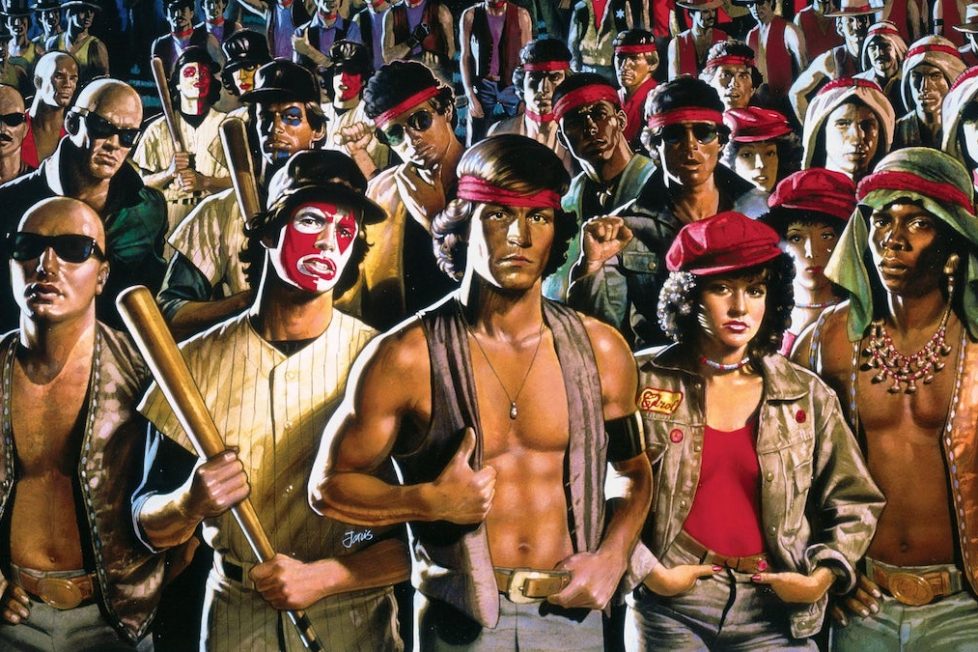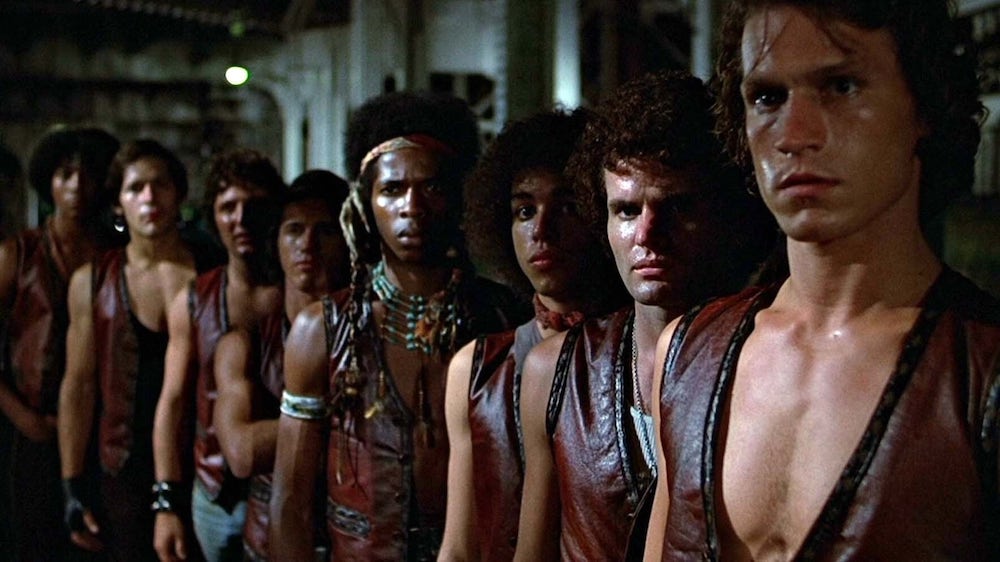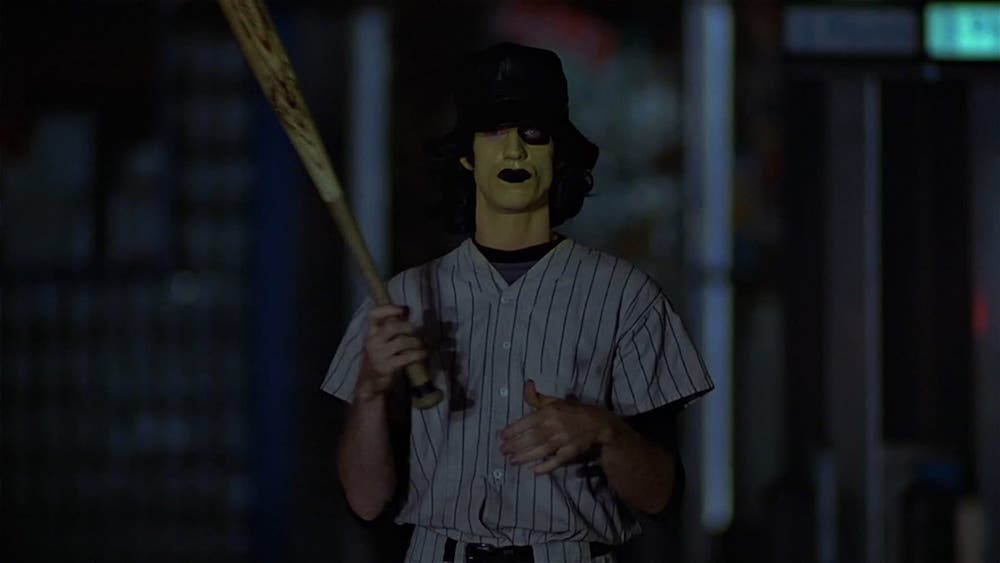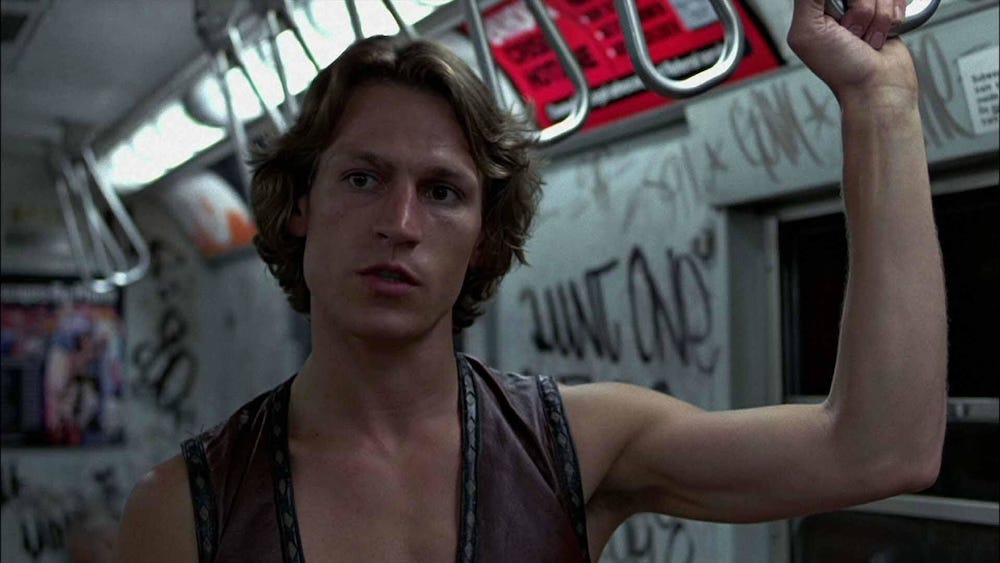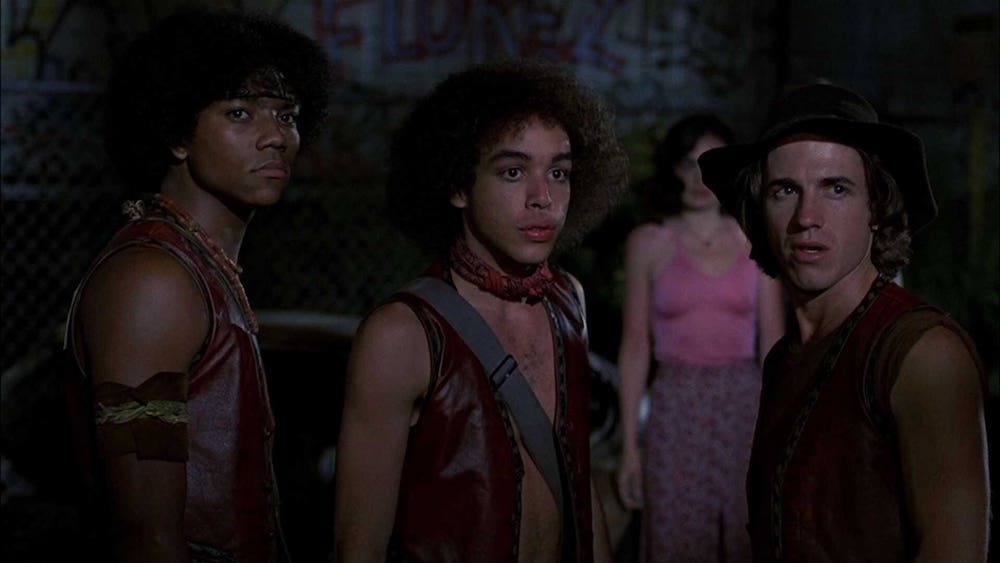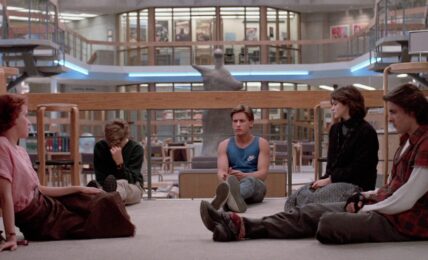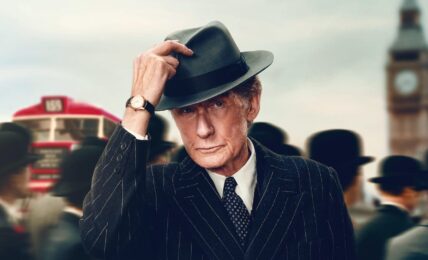THE WARRIORS (1979)
In the near future, a charismatic leader summons the street gangs of New York City in a bid to take it over. But when he's killed, 'The Warriors' gang are falsely blamed and now must fight their way home while their rivals hunt them down.
